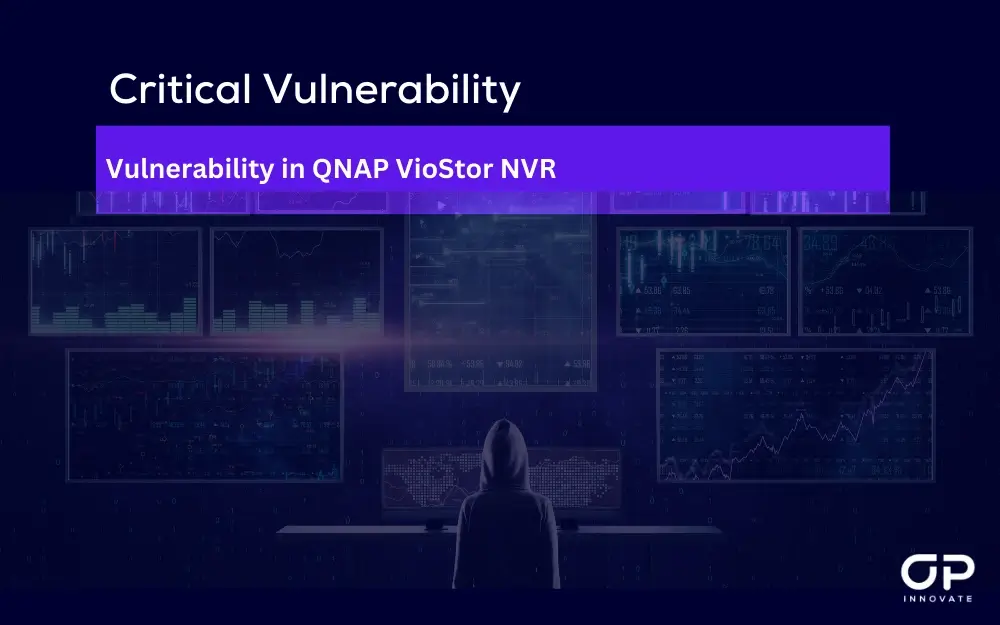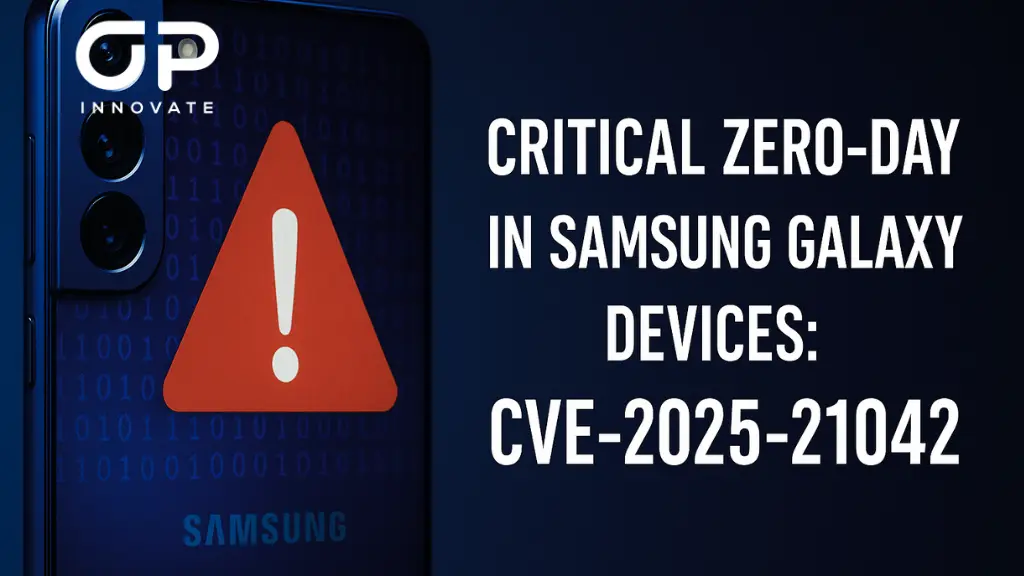CVSS v3 Score: 8.0
Vulnerability: OS Command Injection in QNAP VioStor NVR
Exploitation: Remotely exploitable with low attack complexity; public exploits available and known public exploitation.
QNAP VioStor Vulnerability Risk Evaluation:
Successful exploitation of this vulnerability in QNAP’s VioStor NVR could enable an attacker to execute remote code by exploiting the Network Time Protocol (NTP) settings.
Affected Products:
Technical Details:
- QNAP VioStor NVR QVR firmware: All versions prior to 4.x.
Vulnerability Overview:
- CVE-2023-47565: OS Command Injection vulnerability due to improper neutralization of special elements in the OS command. The flaw can lead to remote code execution by altering NTP settings.
Background Information:
- Critical Infrastructure Sectors: Commercial Facilities
- Deployment: Worldwide
- Company Headquarters: Taiwan
Reported by:
- Chad Seaman and Larry Cashdollar of Akamai Technologies.
Mitigations:
Vendor Recommendations:
- Firmware Update: Users are advised to download and apply the latest QVR Firmware.
- End of Life Notice: QVR Firmware 5.x and 4.x have reached end of life.
CISA Recommendations:
- Minimize Network Exposure: Ensure control system devices/systems are not accessible from the internet.
- Network Isolation: Use firewalls to isolate control system networks and remote devices from business networks.
- Secure Remote Access: Utilize VPNs for remote access, and ensure they are updated to the most current version.
- Impact Analysis and Risk Assessment: Perform thorough impact analysis and risk assessment before deploying defensive measures.
Additional Mitigation Guidance:
- ICS Security Best Practices: Review and implement control systems security recommended practices on CISA’s ICS webpage (cisa.gov/ics).
- Report Incidents: Report any suspected malicious activity to CISA for tracking and correlation against other incidents.
- Known Exploited Vulnerabilities Catalog: Refer to the KEV entry for this vulnerability.
This vulnerability in QNAP VioStor NVR is a significant concern due to its potential for remote exploitation and known public exploits. Organizations using affected firmware versions should take immediate action to apply the recommended updates and adhere to the mitigation strategies outlined by both the vendor and CISA to safeguard their assets against potential cyber threats









